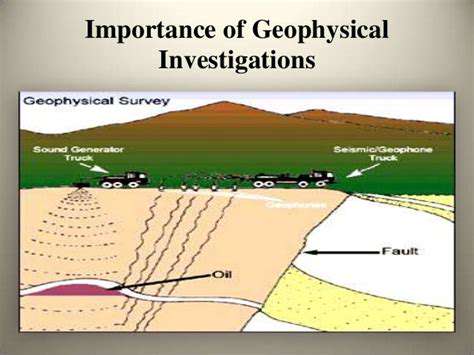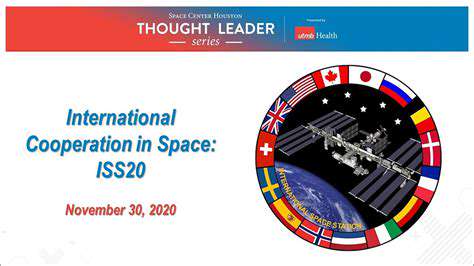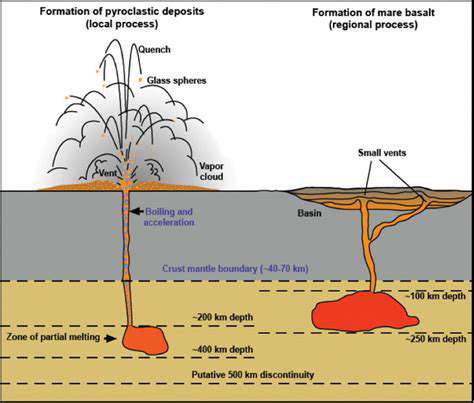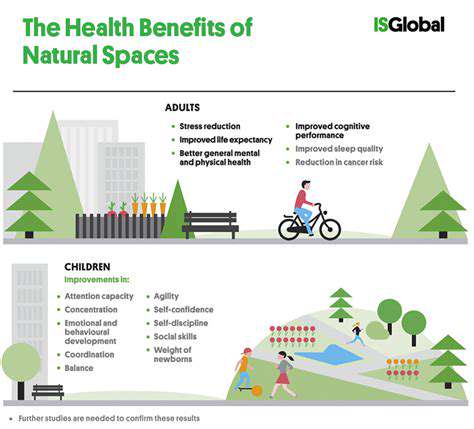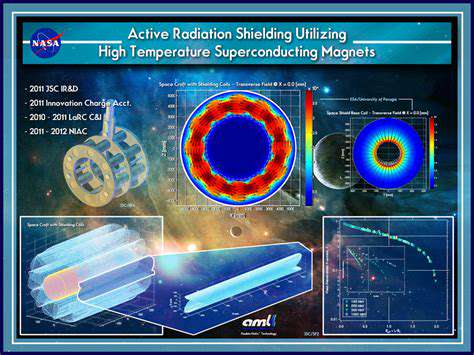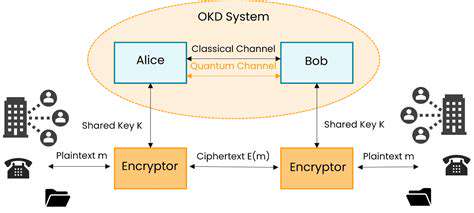Modern society's dependence on space-based systems for global communication, precise navigation, and cutting-edge scientific studies has resulted in an alarming accumulation of orbital debris. This space junk, consisting of retired satellites, spent rocket components, and collision fragments, presents serious hazards to operational spacecraft. Experts warn that the debris field is multiplying at an unprecedented rate, creating a dangerous feedback loop where each collision spawns additional fragments, exponentially worsening the orbital congestion.
The implications extend far beyond immediate collision risks. Scientists predict that continued debris accumulation could render certain orbital regions unusable within decades, threatening critical infrastructure that modern civilization depends on for weather forecasting, financial transactions, and emergency communications.
Mitigation Strategies and Technological Solutions
Space agencies worldwide are evaluating multiple approaches to combat the debris problem. These include designing satellites with self-disposal mechanisms and pioneering active debris removal systems. While these technologies remain in development, they represent our best hope for preserving Earth's orbital space for future generations.
Engineers are particularly focused on creating satellites with enhanced shielding and intelligent avoidance systems. Equally important are emerging concepts like space-based nets, harpoons, and lasers designed to capture and deorbit dangerous debris before it can cause damage.
International Cooperation and Regulations
Solving the orbital debris crisis demands unprecedented global collaboration. Nations are gradually establishing frameworks for responsible space operations through organizations like the United Nations. Creating universal standards for satellite end-of-life procedures and debris prevention measures is crucial to safeguarding our shared orbital environment.
Multilateral agreements may eventually mandate debris mitigation technologies and require operators to demonstrate removal capabilities before launching new satellites. Such measures could significantly slow the debris accumulation rate.
Economic and Societal Impacts
The orbital debris situation carries profound economic consequences. Potential satellite losses could disrupt global supply chains, financial markets, and emergency response systems. The cascading effects might cost billions annually in damaged infrastructure and lost productivity.
Moreover, the growing expense of debris tracking and collision avoidance threatens to make space operations prohibitively expensive. Strategic investments in prevention and cleanup technologies now could save trillions in potential future losses while ensuring continued access to space-based services.
The Collision Risk: A Chain Reaction of Catastrophe
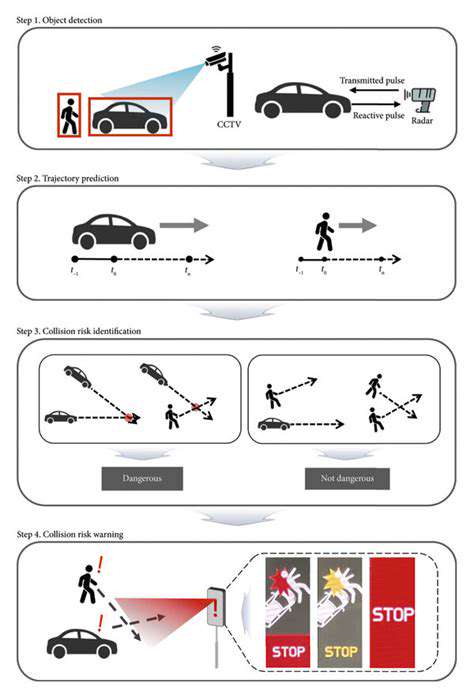
The Underlying Causes of Collision Risk
Space collision risks originate from multiple factors including inadequate tracking capabilities, insufficient maneuver planning, and the unpredictable behavior of fragmented debris. Comprehensive modeling of these variables is essential for developing effective protection strategies. The rapid commercialization of space adds complexity, as new operators may lack experience with orbital dynamics and collision avoidance protocols.
Detailed analysis of near-miss events reveals specific patterns in debris movement and collision probabilities. Focusing mitigation efforts on these high-risk scenarios can dramatically improve overall orbital safety. Advanced sensors and AI-powered prediction systems are proving invaluable for identifying the most dangerous debris trajectories.
Consequences and Impact of Collisions
Orbital collisions can have devastating consequences ranging from single satellite failures to complete loss of critical orbital slots. The financial impacts include not just hardware replacement costs but also service interruption penalties and increased insurance premiums. The long-term effects of major collisions can persist for decades as debris clouds slowly disperse.
Environmental impacts are equally concerning, as hypervelocity impacts can create persistent debris fields that endanger all spacecraft in similar orbits. The environmental contamination from major collisions may take centuries to naturally clear, emphasizing the need for proactive debris management.
Mitigating Collision Risk Through Proactive Measures
Effective debris mitigation requires a layered approach combining advanced tracking, improved spacecraft design, and responsive maneuvering capabilities. Next-generation satellites increasingly incorporate automated collision avoidance systems that can respond to threats without ground intervention. Sophisticated simulation tools now allow operators to test collision scenarios and evaluate mitigation strategies before launch.
Educational initiatives are equally important, ensuring that all space operators understand debris mitigation best practices. Developing a safety-focused culture across the space industry will be crucial as more nations and companies gain access to orbit.
The Economic and Scientific Impacts
Economic Impacts on Space-Based Assets
The proliferation of space debris threatens the economic viability of the $400 billion space industry. Critical infrastructure like GPS constellations and communication satellites represent massive investments that could be wiped out by a single major collision. Insurance providers are already adjusting premiums to account for growing debris risks, increasing costs for all space operators.
Scientific Research Obstacles
Astronomers face mounting challenges as debris fragments contaminate observational data and create false signals. Space telescopes must increasingly dedicate observation time to avoiding debris rather than conducting science. The Vera C. Rubin Observatory estimates that up to 30% of its images could contain debris tracks by 2030 if current trends continue.
Damage to Spacecraft and Satellites
Modern satellites must incorporate increasingly robust shielding to survive the debris environment, adding weight and cost to missions. Even millimeter-sized particles can cause catastrophic damage at orbital velocities, requiring expensive redundancy systems and complex avoidance maneuvers that reduce operational efficiency.
Disruption of Critical Services
A single major collision in heavily used orbits like the geostationary belt could disrupt global communications for months. Backup systems have limited capacity to handle such widespread outages, potentially creating cascading failures across multiple industries that depend on space-based timing and data services.
International Cooperation Challenges
Developing consensus among spacefaring nations remains difficult due to competing economic interests and national security concerns. However, the alternative—uncoordinated mitigation efforts—could lead to inefficient resource allocation and slower progress in addressing the debris problem.
Long-Term Sustainability of Space Exploration
Unchecked debris growth could make certain orbits effectively unusable within decades, potentially stranding valuable assets and limiting future mission options. Maintaining access to space requires immediate action to stabilize the debris population before it reaches critical levels.
Liability and Insurance Implications
Legal frameworks struggle to keep pace with the evolving risks of orbital operations. Clearer liability standards and improved claims processes are needed to ensure that victims of debris collisions can obtain compensation without protracted legal battles.
The Way Forward: A Collective Effort for Sustainable Space
International Cooperation: A Crucial Component
Solving the space debris crisis demands unprecedented global coordination. The UN Committee on the Peaceful Uses of Outer Space has established voluntary guidelines, but binding international treaties may become necessary as the problem escalates. Shared early warning systems and standardized debris mitigation protocols could significantly reduce collision risks.
Technological Innovation: Driving the Solution
Breakthroughs in debris removal technologies are accelerating, with several promising concepts reaching prototype stage. These include electrodynamic tethers that passively deorbit satellites, and ground-based lasers that can nudge debris into safer trajectories. Combining multiple approaches will likely yield the best results in addressing different debris types and orbital regimes.
Policy and Regulatory Frameworks: Establishing Clear Guidelines
Effective regulations must evolve beyond voluntary guidelines to enforceable standards with meaningful consequences for non-compliance. Potential measures include debris mitigation bonds, launch licenses contingent on removal plans, and financial incentives for operators who exceed minimum debris mitigation requirements.
Spacecraft Design and Operations: Minimizing Debris Creation
The space industry is adopting design for demise principles that ensure spacecraft components safely burn up during reentry. New standards also require fuel reserves for end-of-life maneuvers and passive systems that automatically deorbit satellites after failure. These practices are becoming baseline requirements for responsible space operations.
Public Awareness and Education: Fostering Understanding
Increasing public understanding of orbital debris is essential for building political will to address the problem. Interactive visualizations showing real-time debris tracking data and potential collision scenarios help communicate the urgency of the situation to policymakers and the general public.
Economic Incentives and Investment: Driving Progress
Governments are exploring innovative funding mechanisms like debris removal prizes and tax credits for companies developing mitigation technologies. Private sector initiatives, such as orbital debris removal service contracts, are creating new business models focused on space sustainability.
